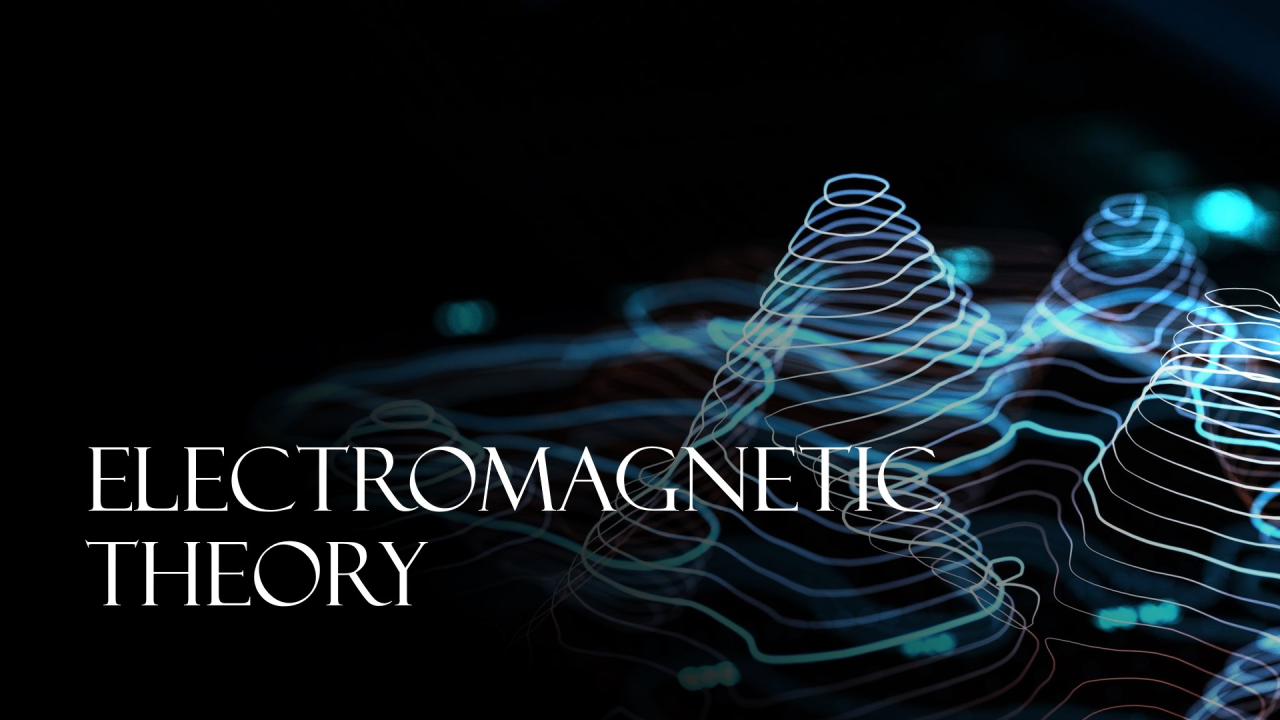Articles and Trivia
Write an articleElectromagnetic Theory: The Foundation of Modern Technology

Electromagnetic Theory is a fundamental branch of physics and electrical engineering that explains the relationship between electric and magnetic fields. This theory is the basis for many essential technologies, including communication systems, power generation, and medical imaging. By understanding how electric and magnetic fields interact, scientists and engineers can design systems that drive modern innovations.
Understanding Electromagnetic Theory:
At its core, Electromagnetic Theory describes how electric charges and currents produce electric and magnetic fields. These fields can exist independently or interact to form electromagnetic waves that travel through space. Electromagnetic Theory is governed by a set of four key equations known as Maxwell’s Equations, which provide a mathematical framework for understanding these interactions.
Maxwell’s Equations:
-
Gauss’s Law: This describes how electric charges create electric fields and how the strength of the electric field is related to the amount of charge present.
-
Gauss’s Law for Magnetism: It states that magnetic field lines are continuous, meaning magnetic monopoles (single magnetic charges) do not exist.
-
Faraday’s Law of Induction: This law explains how a changing magnetic field induces an electric current. It is the principle behind the working of electric generators.
-
Ampère-Maxwell Law: This describes how magnetic fields are generated by electric currents and changing electric fields, playing a crucial role in understanding electromagnetic waves.
Electromagnetic Waves and Their Significance:
Electromagnetic waves are produced when electric and magnetic fields oscillate together. These waves do not require a medium to travel and can move through a vacuum at the speed of light. The electromagnetic spectrum includes a range of waves, from radio waves and microwaves to visible light, X-rays, and gamma rays. Each type of wave has unique properties and applications.
Applications of Electromagnetic Theory:
-
Communication Systems:
Electromagnetic waves are the foundation of modern communication. Radio, television, mobile phones, and satellite communication all rely on the transmission and reception of these waves. -
Medical Imaging:
Technologies like Magnetic Resonance Imaging (MRI) use strong magnetic fields and electromagnetic waves to produce detailed images of the human body. This non-invasive technique is crucial for diagnosing medical conditions. -
Power Generation and Distribution:
Electromagnetic induction, based on Faraday’s Law, allows the conversion of mechanical energy into electrical energy. This principle powers electric generators and is used extensively in the generation and distribution of electricity. -
Electronics and Circuit Design:
The operation of electronic devices depends on the flow of electric current and the interaction of electric and magnetic fields. Understanding electromagnetic theory is vital for designing circuits, transformers, and other electrical components.
Importance in Modern Life:
Electromagnetic Theory plays a critical role in shaping the modern world. From enabling wireless communication to advancing medical technology, its principles drive innovation across multiple industries. The development of 5G networks, space exploration, and renewable energy systems all rely heavily on this theory.
Conclusion:
Electromagnetic Theory is an essential scientific framework that underpins many aspects of modern life. Its applications range from everyday communication devices to advanced medical technologies and renewable energy. As technology continues to evolve, a deeper understanding of electromagnetic theory will remain crucial for future scientific and engineering breakthroughs.


